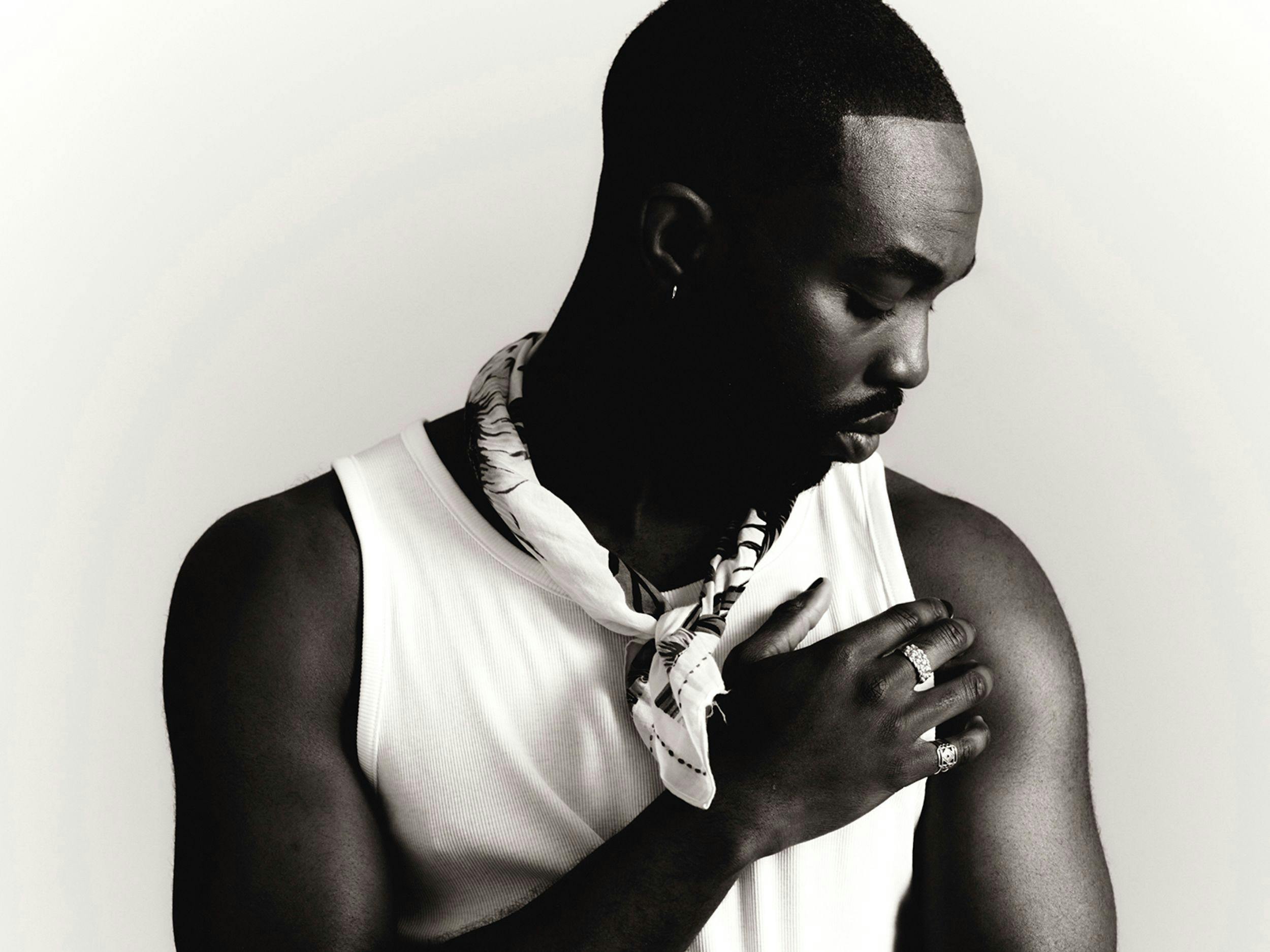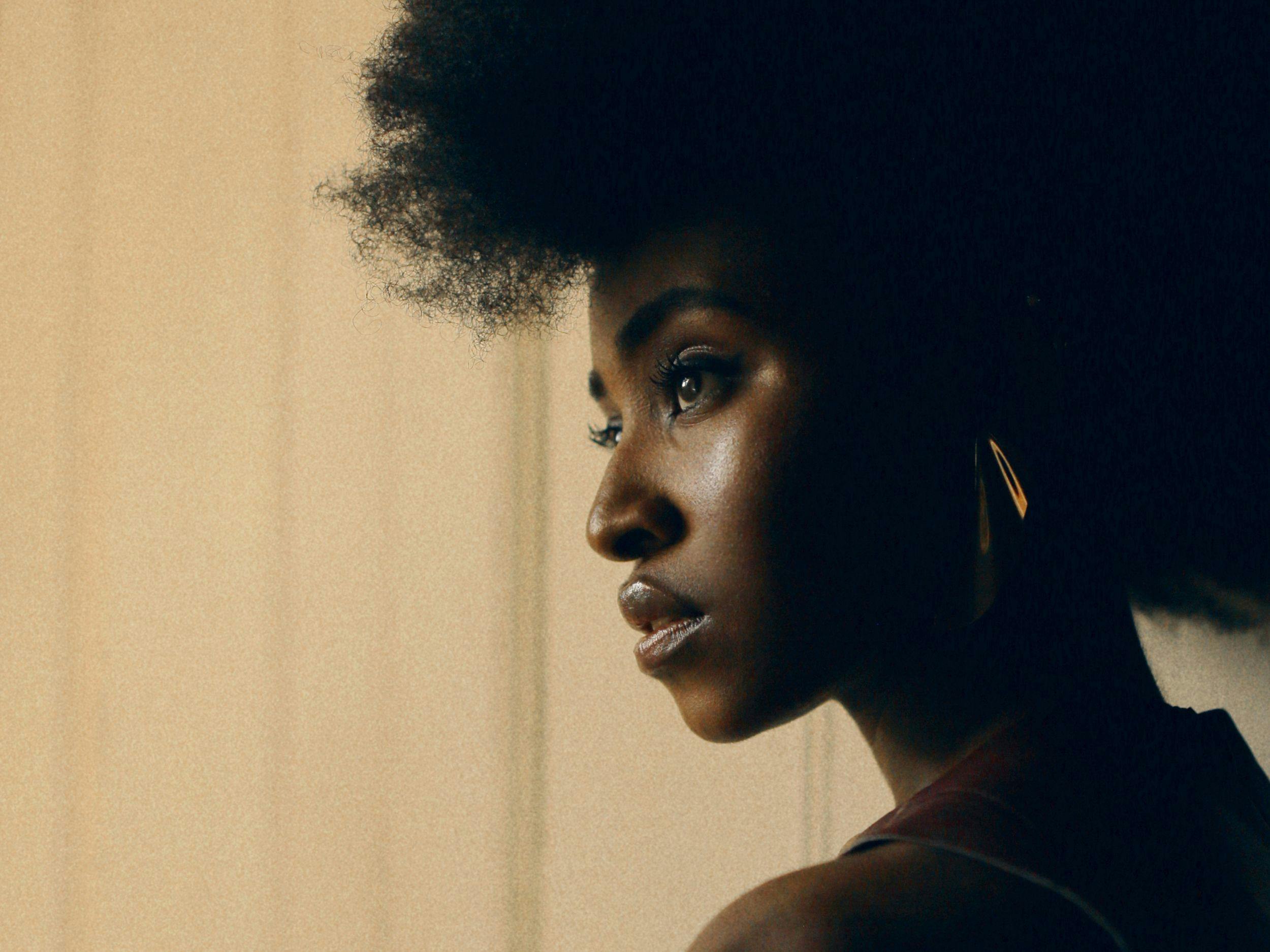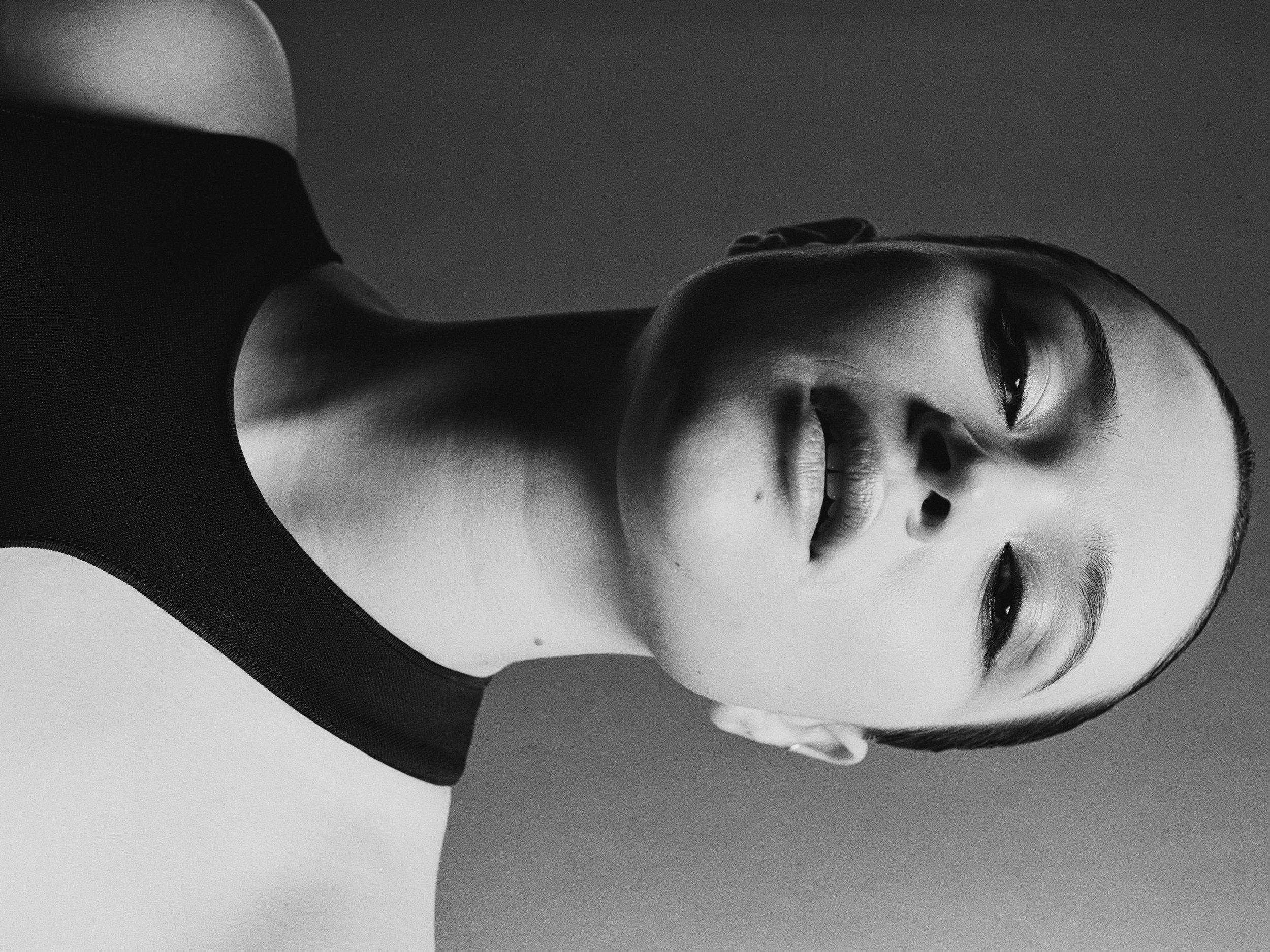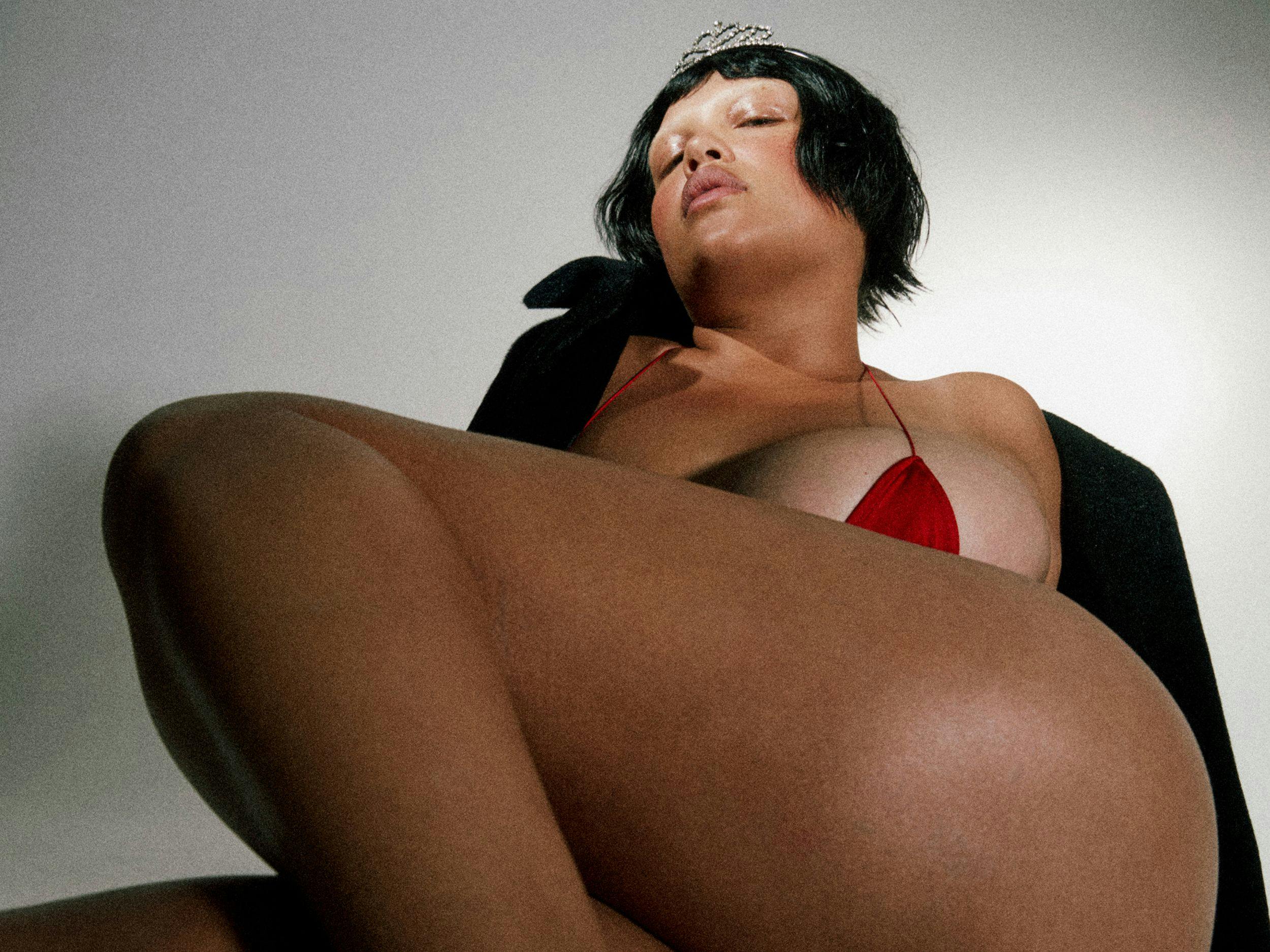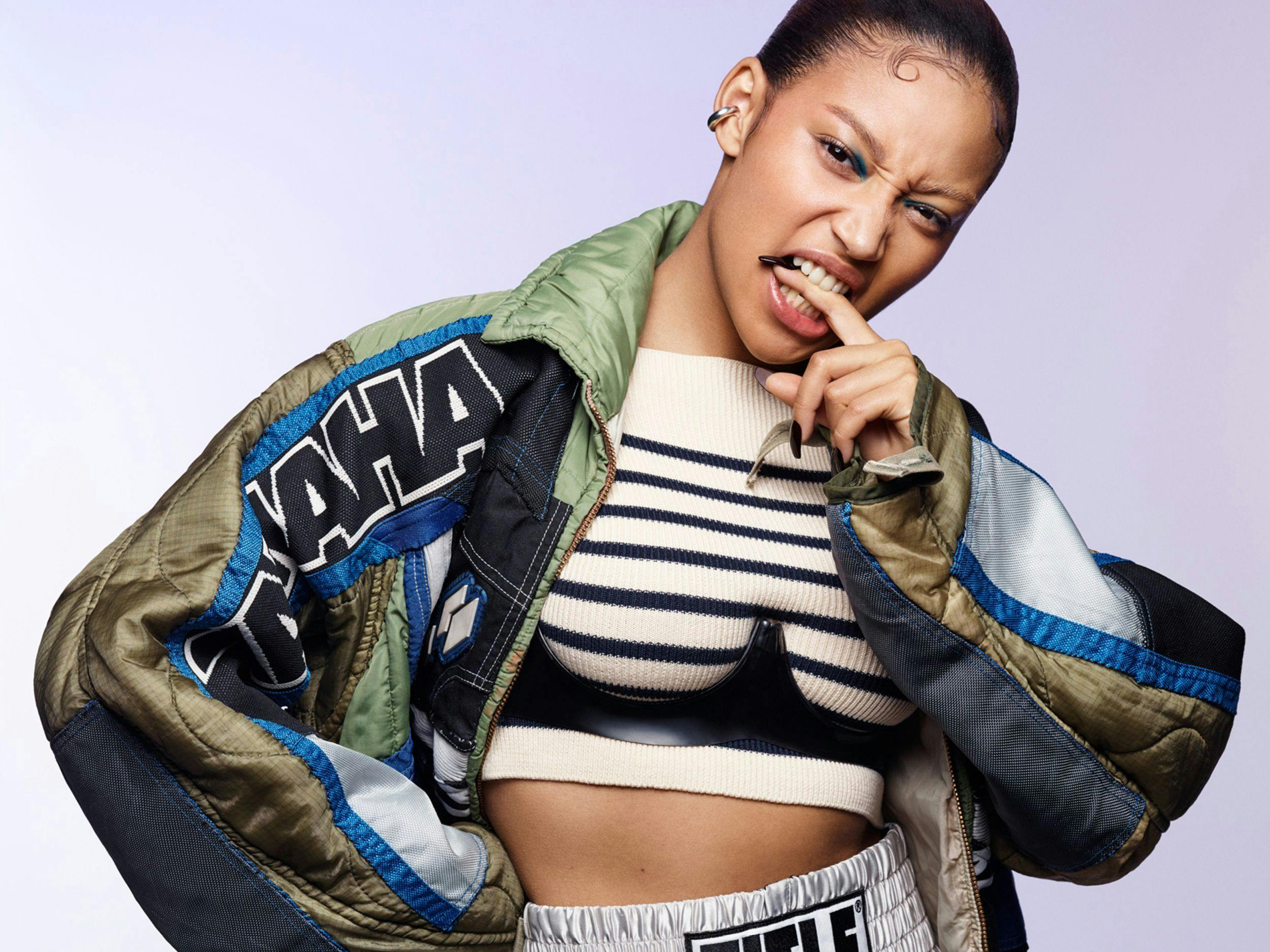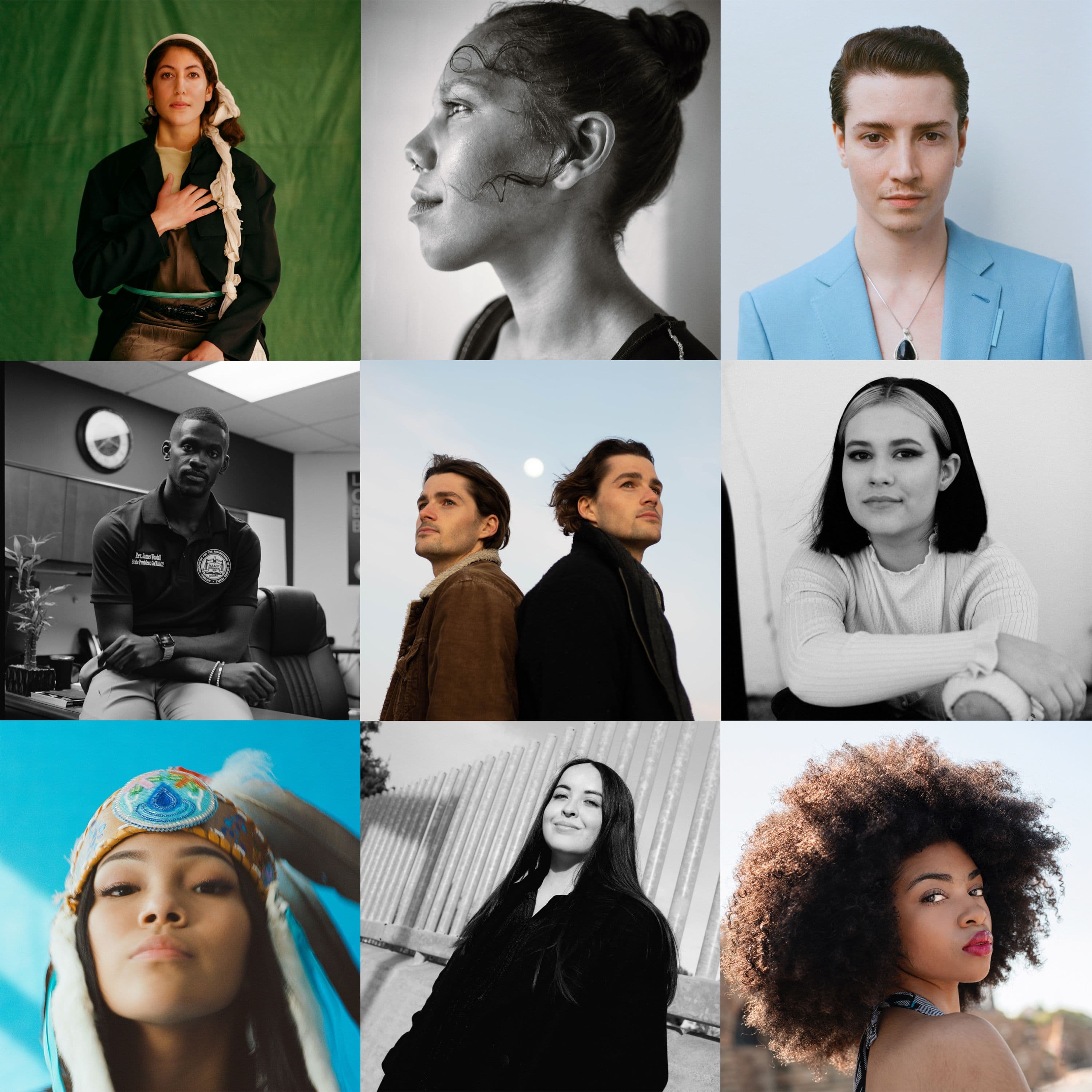
Generation Next
Last June, four separate polls estimated that between fifteen and twenty-six million Americans participated in protests after the murder of George Floyd by a police officer who knelt on his neck for over nine minutes. Demonstrations against systemic racism swept across the globe, with tens of millions taking to the streets for the first time, discovering their own power as a force for reform. Marches, rallies, sit-ins, and occupations are not new tactics in the activist playbook, but for many, last summer’s actions offered an introduction to political and social engagement, a small taste of the potential for change that comes with collective participation. There was a fresh feeling of energy as much of society, battered by months of coronavirus restrictions, found new purpose in greater causes.
For many others, however, 2020 was not all that different from any year that had come before. For lifelong antiracism activists who had spent decades fighting structural inequities, Floyd was just the latest in a long line of Black Americans killed for the color of their skin, even as his death served as a necessary wake-up call for so many who had become all too comfortable in their own complacency. In fact, many of the issues that drew attention last year—from China’s clampdown on democratic freedoms in Hong Kong with the introduction of a national security law criminalizing criticism of the government to the climate crisis, which led to record wildfires which turned the sky over San Francisco a post-apocalyptic orange for days—have been the sole focus of numerous individuals and organizations for many years.
Recently, the most vigorous calls for change have come from those who have the most to lose: the children, teenagers, and young adults around the globe who find themselves confronted with a future that appears to offer them little more than bigotry, authoritarianism, violence, economic inequality, and environmental devastation. They have, it seems, learned a lesson from Malala Yousafzai, the Pakistani education activist who was shot in the head as a teenager in 2012 for her efforts supporting the right for girls to attend school. She chose to use the assassination attempt as inspiration to expand her work rather than shrink back in fear, becoming the youngest-ever Nobel Peace Prize laureate two years later. In her best-selling book I Am Malala, she insists that “One child, one teacher, one book, one pen can change the world,” a call that many have taken as inspiration in the face of what often seem to be insurmountable challenges. Polling from Morning Consult last summer showed that, from May to June alone, the percentage of Generation Z that believe they have the power to impact the world increased six points to sixty-two percent.
For this cohort, the answer to a world that is crumbling around them is not despair, but hope; not apathy, but action. In 2020, we all saw the impact that our choices, even on an individual level, can have, through the work we did to educate ourselves and have tough conversations with those closest to us. We saw the need for collective purpose and a sense of community, for wearing masks to protect others, for staying home to stop the spread. We saw the promise in altruism, as mutual aid societies and community-based solutions flourished in the face of widespread suffering. What 2020 taught us is that, as the eighteen-year-old climate justice leader Greta Thunberg has said, “no one is too small to make a difference” because everyone has their place in the larger whole.
In her 2016 introduction to the third edition of Hope in the Dark, the author and activist Rebecca Solnit makes the case for individual action and resolve as a force for global change. As in the ancient Greek myth about Pandora’s box, it may feel at times that all we have left is hope, but perhaps that is enough. “Hope locates itself in the premises that we don’t know what will happen and that in the spaciousness of uncertainty is the room to act. When you recognize uncertainty, you recognize that you may be able to influence the outcomes—you alone or you in concert with a few dozen or several million others,” she writes. “Hope is an embrace of the unknown and the unknowable, an alternative to the certainty of both optimists and pessimists,” and, she adds, “the belief that what we do matters even though how and when it may matter, who and what it may impact, are not things we can know beforehand.”
We must act, then, not because we know we will achieve our aims, but because we don’t. For many of those coming of age in today’s dark times, a better world is within reach, even as it remains for now just beyond their grasp. The metaphors are many—the bright side, the silver lining, the light at the end of the tunnel—but sometimes the simplest words are also the most apt. What we need is hope, for ourselves, for our communities, for our nations, and for our world. There is, after all, no alternative.
Read this story and many more in print by ordering our inaugural issue here. See the full Generation Next series here.
As a nonprofit arts and culture publication dedicated to educating, inspiring, and uplifting creatives, Cero Magazine depends on your donations to create stories like these. Please support our work here.

